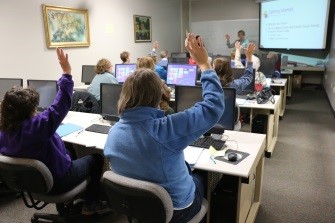Protecting Your Students When Reading: Alternate Seating
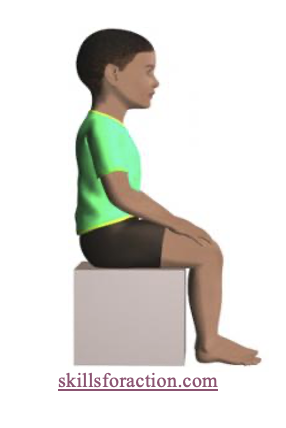
When students use…
- any book or reading device
- at a table or desk
- yet require alternate seating!
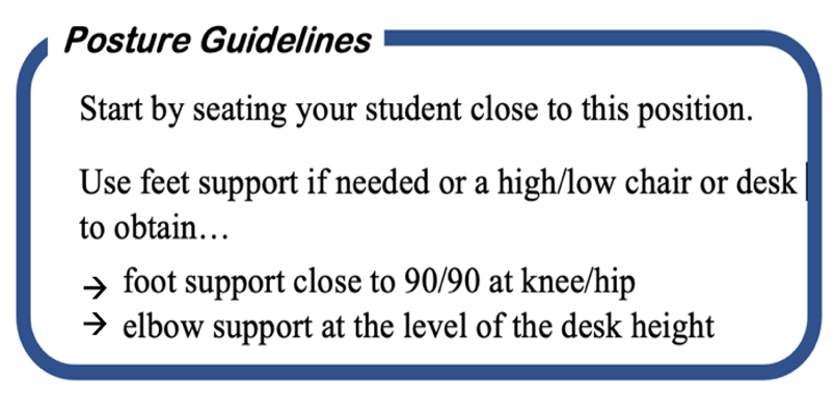
Although sitting at a desk reading textbooks, reading books, large print or braille books while using a laptop, desk top computer or an iPad should follow posture guidelines, there are times when students are unable to do so in basic classroom chairs. At these times, alternatives need to be considered that can support the student in a sitting position that follows as close to the guidelines as possible.
Ergonomic Chairs
Ergonomic school chairs are designed to promote proper posture and maximize productivity while being comfortable for long periods of sitting. Most school furniture distributors have basic ergonomic student chairs. These chairs are available for students, preschool to high, and come in different colors and shapes. Yet, if there’s a need for a chair outside the features of the basic ergonomic chairs in your school, professionals in seating recommend chairs that are adjustable. Adjustments may include chair height, seat height, footrests, armrests, and angle of the backrest tilt.
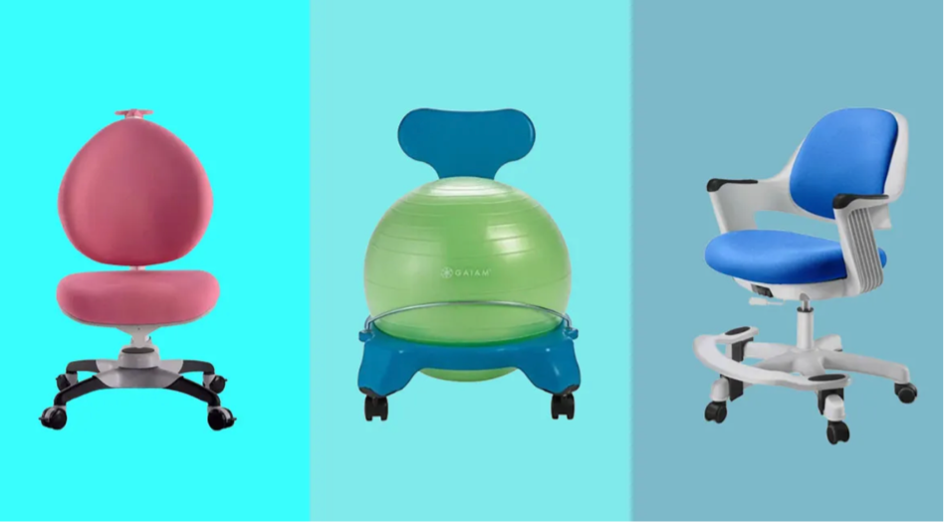
Positioning Chairs
Positioning chairs provide support to allow for better orientation and access. They are intended for a student who requires maximum postural support when seated and offers customized adjustments. There are a variety of these chairs. Some are commercially available, and others are custom-made.
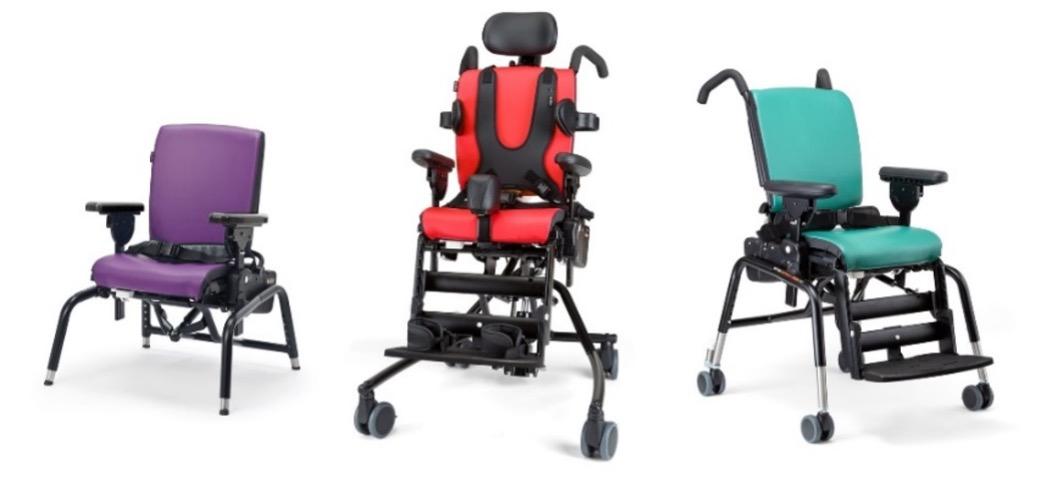

Some help to support students of different age groups, for they vary in size and height. Others are designed to support different areas of the body. They can even be customized for specific support needs.
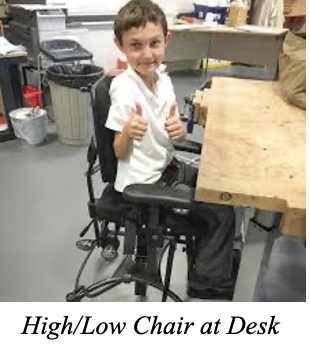
Others are designed to support different areas of the body. They can even be customized for specific support needs.
Wheelchairs
Wheelchairs are used by students who can not walk/ambulate or by those that have difficulty doing so. Wheelchairs can be of various sizes, but unlike Positioning Chairs, wheelchairs are not adjustable. Each wheelchair is customized specifically for the student who uses it. Therefore, it is not the chair that needs to be adjusted in this case; it is the desk or table.
Adjustable desks
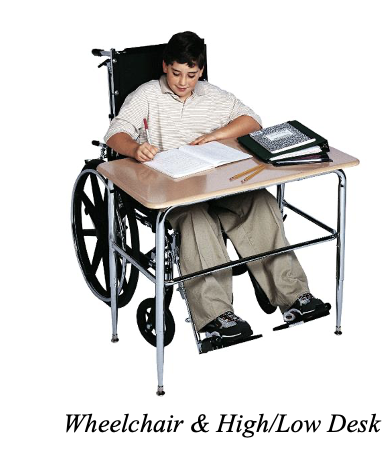
This desk is one that has the same look and feel that many classroom desks have. It has adjustable height features to accommodate a student in a wheelchair that has full range of their upper body.
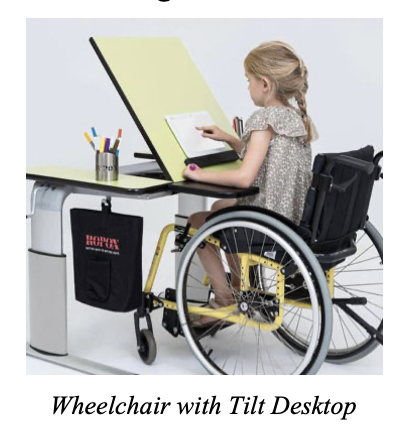
The tilt tabletop desk is also designed for a student who uses a wheelchair. The angle of the tilt can be customized for each student’s needs.
Tilted or Reclined Adapted Wheelchairs
Desks or tables with tilted or reclined wheelchairs are difficult to orient because of the student’s position in space. The best option is a tray or desktop attached to the arms of the wheelchair itself. This enables the surface of the tray to move with the chair as it tilts but not change the position of the tray for student access.
Physical Therapist or Occupational Therapist
It is important to remember to request a consultation from a PT or OT if there is difficulty with positioning while a student is reading on a laptop, desk top computer or mobile device. Issues that might arise include:
- No equipment available
- Student does not tolerate the position
- Safety concerns
- Accessibility concerns
Remember… your decisions and planning
will protect students when reading books at their desk.
AIM-VA provides educators a way to have books converted to accessible files for students who have an Individualized Education Program (IEP). Search for books through the AIM-VA website. Books not currently found in the AIM-VA library, can be produced if requested by an AIM-VA DRM (Digital Rights Manager) in any Virginia public school division.



